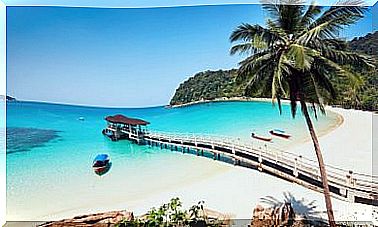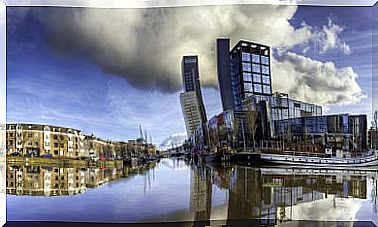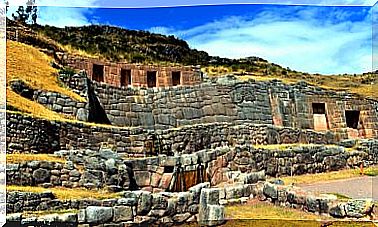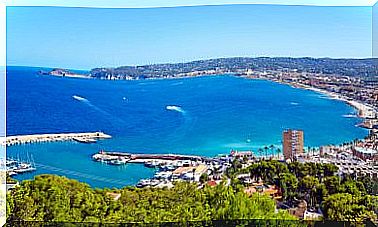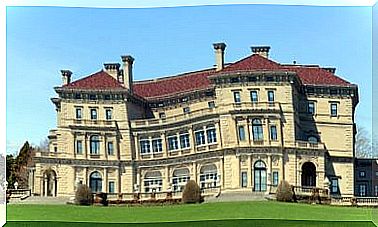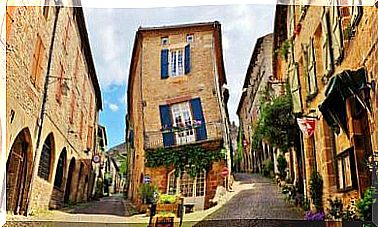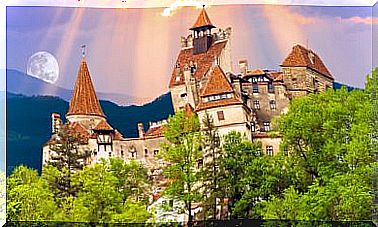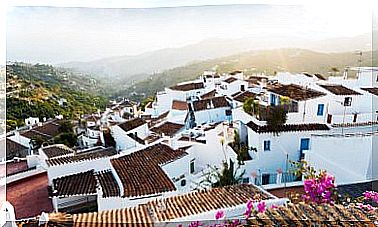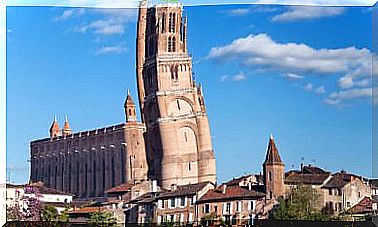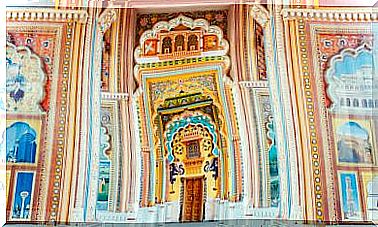Camino De Santiago Find Out!
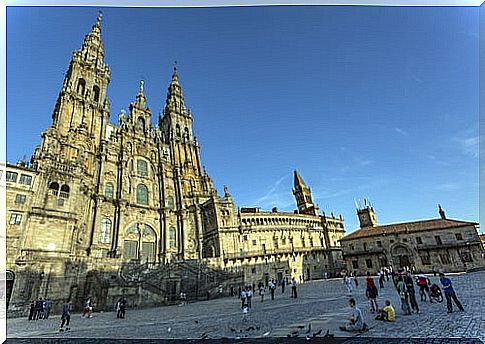
The Camino de Santiago is possibly the most famous cultural itinerary in the world. A path whose origins date back to the Middle Ages and which had a religious character. However, this has now totally changed.
Logically, you can do the Camino de Santiago out of Christian fervor, but the vast majority of people who spend their holidays on this route do so for tourist, cultural, sporting reasons, etc.
In fact, it could be said that, although all those who make the Camino de Santiago call themselves pilgrims, nowadays that word no longer only has the religious sense. The Jacobean pilgrims actually meet a personal challenge of traveling hundreds of kilometers to reach Santiago de Compostela.
There are many Caminos de Santiago
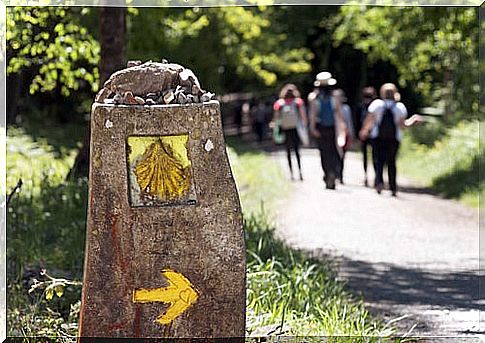
The truth is that it can be said that there are as many paths as there are pilgrims. Each person begins their journey from a specific place, and there their pilgrimage begins. This has been the case throughout history.
Today the Camino de Santiago is known for its Spanish kilometers, but all of Europe was covered by Jacobean routes, which all converged on four roads in France. These, in turn, flowed into Spain, crossing the Pyrenees through two ports: the Somport towards Aragon and Saint Pied de Port towards Navarra.
From Somport to Jaca and from Saint Pied de Port to Roncesvalles there are two routes that descend the mountain range and finally join in the Navarran city of Puente la Reina. Pilgrims who come from both routes arrive in this town and they no longer separate until Compostela, since this road through the north of Spain is considered the main one.
However, without leaving the Hispanic territory there are more Jacobean roads and they all converge in some town on this road. For example, historically pilgrims also went up the river Ebro until they reached Logroño. Or they began their journey in Seville, going up the Vía de la Plata to Astorga, in the province of León. Not to mention the Camino Primitivo that linked (and unites) Oviedo with Santiago. Or the so-called English Way, for the pilgrims who disembarked in the port of Ferrol and then began their march to the tomb of the Apostle.
The Camino de Santiago on foot, by bike or on horseback
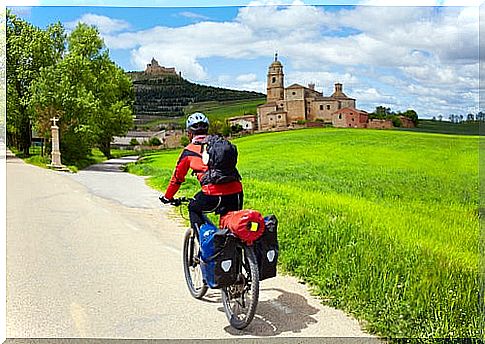
If the routes are varied, so are the means to carry them out. Obviously throughout history it has been done walking, both because of the economy of the faithful and because the effort to be made was part of the pilgrimage.
That remains today, because the sporting value of the journey is highlighted. For this reason, more than a pilgrimage, it is a trekking organized by stages in which there is no shortage of hostels for pilgrims, hostels or hotels to stay.
Although the days of the crossing can also be shortened by opting for other means. For example, going on horseback or mountain bike, which is one of the most common means. For all of them the Camino Jacobeo is perfectly marked and signposted.
The main route of the Camino de Santiago
We have already said that there are many paths, but there is one that is the main one. It is the one that begins in Saint Pied de Port and ends in Santiago. It is the so-called French Way. In total 775 kilometers and 31 hiking stages, which can be shortened by bike or horseback, or which can even be done in several sections, thus making the Camino on successive vacations.
Stages of the French Way
In this route the stages move between 19 and 37 kilometers. In the first part, between Saint Jean Pied de Port and Santo Domingo de la Calzada, 213 kilometers are covered in 9 stages, with stops, among other places, in Pamplona, Estella and Logroño.
From Santo Domingo de la Calzada to Astorga, just over 300 kilometers are covered in 11 stages. You will stop in Burgos, Carrión de los Condes or León, among other places.
The final section is made up of 11 stages totaling 260 kilometers. From Astorga to Santiago de Compostela, where the reward for all the effort made awaits.
